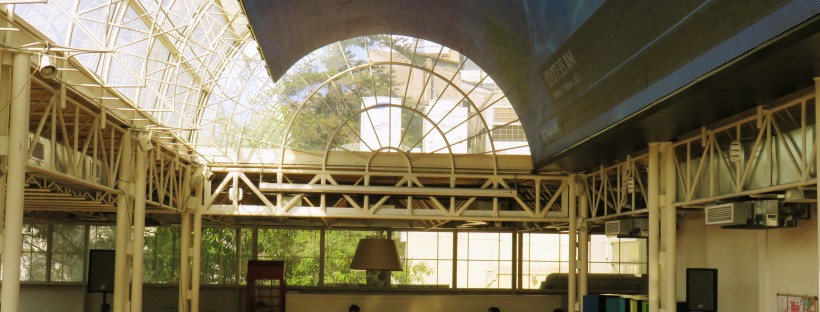One of the themes that came up from the interviews in Chile was the idea of a Hackathon. Luis Bajana was first exposed to open data during an open source hackathon; the Chilean government organises a national hackathon name AbreCL to promote the use of Open Data in applications and visualisations; Hanna Back Pyo organised hackathons in Santiago with civil society; FCI are one of the founders of Desarllo America Latina, a cross continent hackathon for Open Data; and Andres Bostamente organised an event in Concepion to encourage people to create a smarter city. All of these interviews made clearer to me as a practitioner something that I already felt but never had enough evidence to prove until now: a hackathon is a tool, not a process.
Firstly, let’s rewind a bit. For those who are not familiar with the the term, ‘hackathon’ is a portmanteau of the words ‘hack’ and ‘marathon’. It is a short burst of hacking activity, usually based around the use of code, that can last anywhere between several hours and several days. Hackathons have become very popular in the last 5 years, and almost every big tech company has had one. It is also, for obvious reasons, very popular in the civic tech community.
From my experience, as both organiser and participant, hackathons can be divided into two types:
a. Freestyle: participants are given a problem / dataset / idea and are encouraged to solve it or to build something around the topic. To stimulate creativity, participants do not need to focus on a specific user, but can choose the problem that they think is the most important to solve. The open source community calls this the ‘itch’ – the thing that make you go and code stuff.
b. Task focus: participants are not creating a new application; rather, they are helping to improve current applications. For example, upgrading website of NGOs or adding features to Open Street Map.
I would like to focus here on the first type, freestyle hackathons. Can we really create a whole app in 48 hours? More importantly, can we really make it sustainable after the hackathon is over? The answer that came from most of the interviews was no. Hanna Back Pyo and Andres Bostamante emphasised to us that the dream of creating something in 48 hours in the open data space is possible, but not very practical. In addition, Andres pointed out that hackers can not solve any problem without actually consulting the people who experience the problem. For example, having a hackthon about public health with no one from the health industry will cause more alienation and will not get to the root of the problem. Rather, they pointed out that a hackathon should be a part of the process – it can ignite new ideas and partnerships, but it needs to be followed up by an incubating process which will allow the initiatives that started at the hackathon to fully bloom.
From the government side, we heard that ABREChile, the national open data Hackathon that is run by the Chilean government, is a project that help to expose developers to open datasets. The government itself also see it as one tool out of many that can help to promote the use of data in government and through the citizens. Adding constant dialogue of the government with civil society even some local business while doing these types of events is also helping to promote new use in datasets.
Lastly, there is Desarrollo America Latina (DAL), an initiative that helps and promotes open data innovation through hackathons. The model here is different. This year DAL’s hackathon spread over three weekends. It focussed on peer learning from more experienced members to total newbies. It was, in a way, a month of creation across Latin America. Sharing experiences across the continent and bringing other people experience to the table helps to support members, to network, and in the long run, to foster this innovation for something bigger.
Ultimately, what our research on hackathons has demonstrated to far is that hackathons should be seen not as an end in themselves, but as a means to a bigger end: a sustainable, stimulating start to a longer, more established process of innovation.

